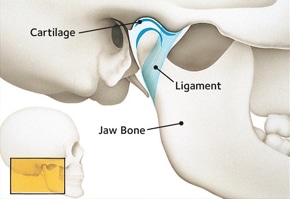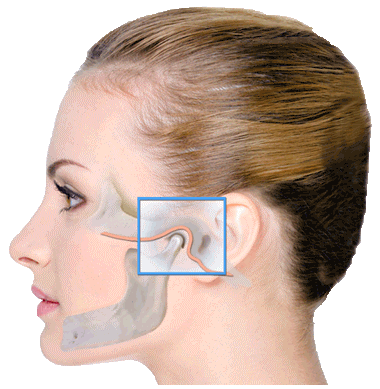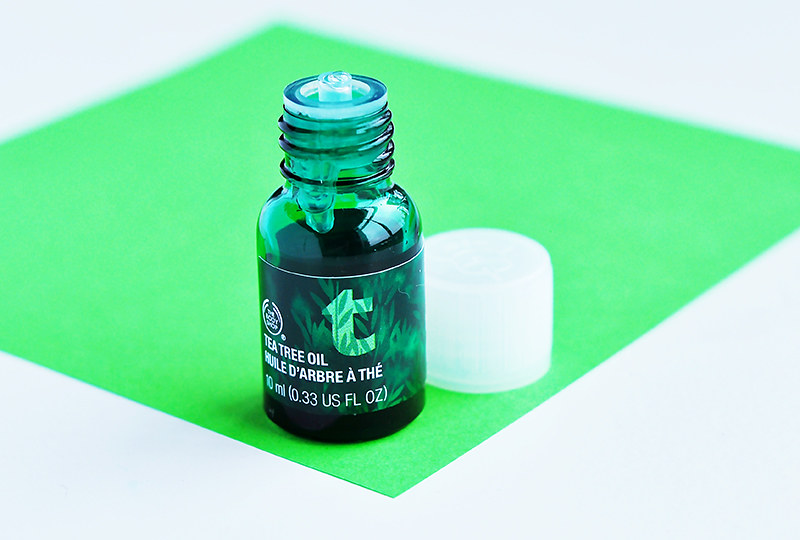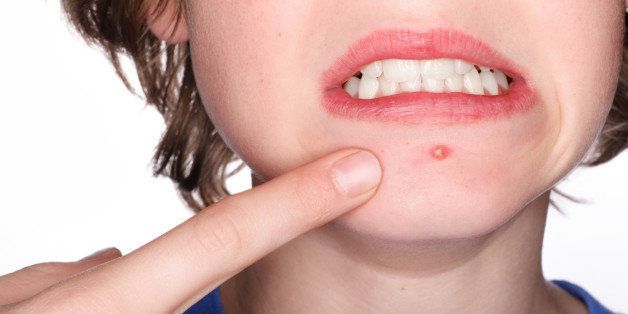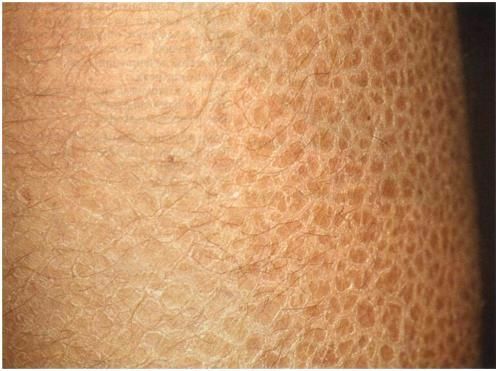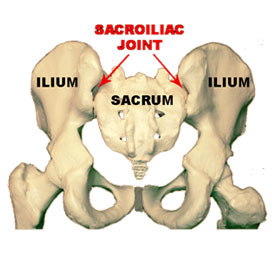
Sacroiliac joint (SJ) dysfunction usually occurs when the sacroiliac's joints of the hip are weak or stiff
This condition is more common in women. SIJ is more common in males, but this is not conclusive proof. It can happen at any time, with no prior notice.
Joints are a very important part of our body. They help us maintain balance and stability when we stand and walk, as well as when bending over and stretching. Without joints, there is a high risk of injury and bone deformation. The condition can also be associated with degenerative diseases and osteoporosis.
Joint stiffness is caused by many factors. A small joint can be injured by movement or shock during the day. When a person is injured, there will be swelling and soreness in the area. Impact injury can be more serious than a muscle strain. Sometimes it can even cause a person to fracture.
One of the most common causes of sacroiliac joint injuries is a lack of lubrication around the joints. Joints that are poorly lubricated are more susceptible to damage and may even lead to fractures. One of the most common causes of this condition is an accident with a car or soccer ball. This is the type of incident that can cause a bone sprain. To avoid this type of injury, people should try to wear protective equipment while driving and always be mindful of traffic regulations.
Small bones in joints can also break off and move. This is one of the most common causes of joint pain in women. Women with this condition should examine their pelvic bones for signs of wear and tear, such as swelling and tenderness in the joints.
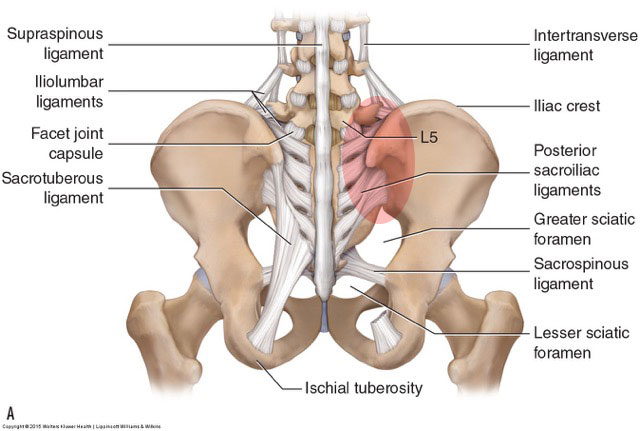
One of the more common reasons for the development of osteoporosis is due to the degeneration of cartilage in the joint
If this is left untreated, it can eventually become too thick and hard for the joint to move properly. This results in pain and arthritis. Another cause of joint pain is due to bone loss in the area. This can occur as a result of osteoporosis, which is osteoporosis caused by lack of calcium in the bones. Other causes of joint pain could also include aging, disease or injury, or in some cases, congenital abnormalities in the joint, or bone misalignment.
There are several treatment options available. Most treatments focus on treating the underlying cause of the condition. The goal of these treatments is to alleviate the pain and decrease the joint stiffness. These treatments may include pain relieving medication and physical therapy. Physical therapy, and in some cases, surgery is also used.
For those with this condition, many medical professionals recommend physical therapy, or in some cases, surgery. Some patients who experience chronic pain and difficulty in moving may benefit from medications. Surgery can be performed if the joint has become so damaged that further treatment is necessary. As with any type of surgery, there are risks involved, and you should discuss the pros and cons of each with your doctor before deciding on a procedure.
If you do experience sacroiliac joint pain, it is important to talk to your doctor about how you can help control your joint pain. You should talk about the types of medications that you are taking and discuss the side effects. If you have been prescribed a pain reliever medication, make sure that you read all the instructions carefully. as it has been known for some pain relievers to cause joint pain. In some cases, doctors can prescribe an over the counter pain medication to reduce the pain.
If joint pain becomes a problem, it is very important to get checked out by your doctor. He or she will perform a physical examination to find the problem and will then discuss treatment options with you. The more you understand about your condition, the condition and your current symptoms, the better the chances are that you can prevent joint pain from developing into something more serious.
If you feel that you have joint pain and you would like more information, you may want to talk to your doctor or pharmacist. He or she can advise you about a number of alternative treatment options including exercises, anti-inflammatory medications, and surgery, which are all available. It is important to consult with your primary care physician first, however, before considering these options.
